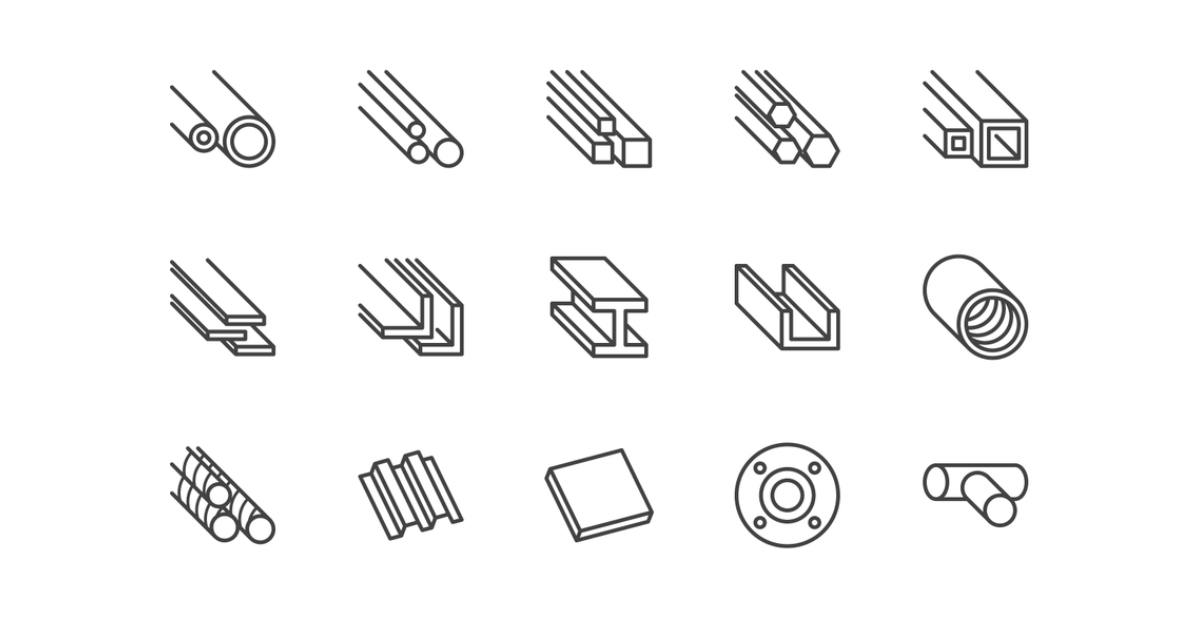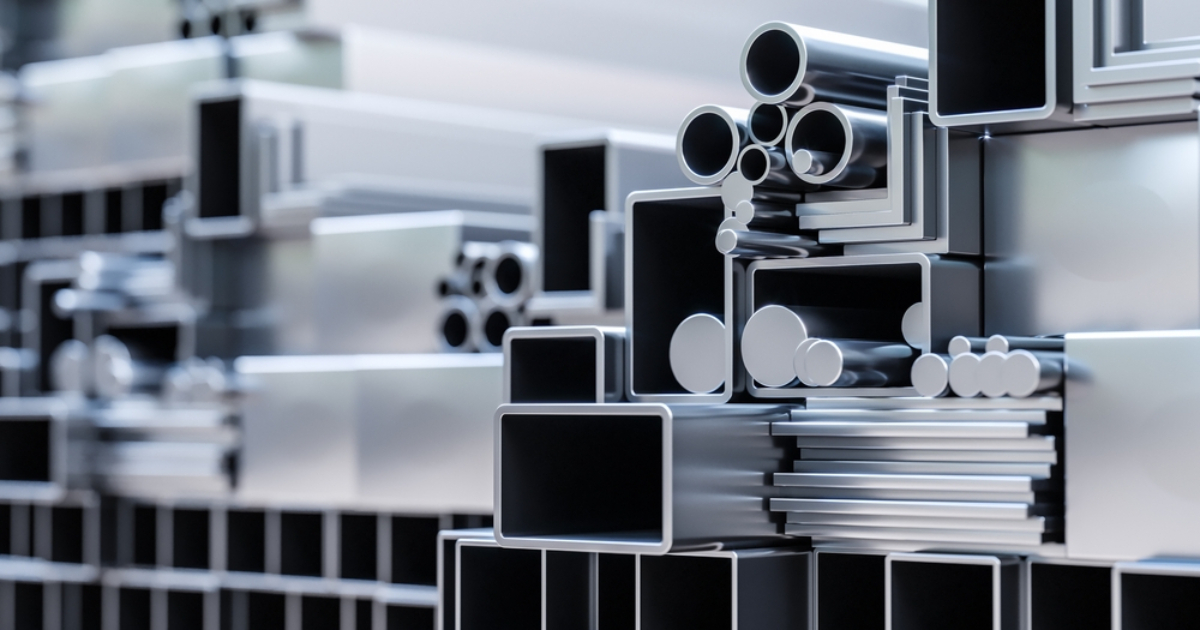Introduction to UV Flatbed Printer Beams
Recently, we've had numerous discussions with clients who have explored various companies. Influenced by sales presentations, these clients often focus heavily on the electrical components of the machines, sometimes overlooking the mechanical aspects.
It's important to understand that all machines share common features. The electrical components are akin to the flesh and blood of the human body, while the machine frame beams are like the skeleton. Just as flesh and blood rely on the skeleton for proper function, so too do the machine's components depend on its structural integrity.
Today, let's delve into one of the key structural components of these machines: the beam.

There are primarily three types of beams available in the market:
- Standard iron beams.
- Steel beams.
- Custom-milled hardened aluminum alloy beams.
Standard Iron Beams
Advantages:
- Lighter weight, facilitating easier adjustment and installation.
- Lower cost.
- Readily available in the market, making procurement easy.
Disadvantages:
- Thinner material prone to deformation.
- Larger hollow spaces, resulting in significant resonance noise.
- Lack of threaded holes; screws are fixed using nuts, which can loosen during transportation.
- No hardening treatment, leading to insufficient material hardness, potential sagging, and beam trembling, all of which can severely affect printing quality.
- Not precision-milled, leading to greater errors and deformations, affecting printing quality and significantly reducing the machine's lifespan.
Standard iron beams are typically used in dual-head Epson printers, as these printers require smaller areas for color matching and calibration, which can partially compensate for mechanical inaccuracies.
Potential issues when used in Ricoh or other industrial-grade UV flatbed printers:
- Misalignment of colors, resulting in double images on printed lines.
- Inability to print large full-coverage products clearly due to varying clarity across areas.
- Increased risk of damaging the print heads, affecting their lifespan.
- As UV flatbed printers' planarity is adjusted based on the beam, any deformation makes it impossible to level the platform.
Steel Beams
Advantages:
- Quieter operation.
- Smaller machining errors due to gantry milling.
Disadvantages:
- Heavier, making installation and adjustment more challenging.
- High demands on the frame; a too-light frame can lead to top-heavy issues, causing the machine body to shake during printing.
- Stress within the beam itself can lead to deformation, especially over larger spans.

Custom-Milled Hardened Aluminum Alloy Beams
Advantages:
- Precision milling with gantry mills ensures errors are kept below 0.03 mm. The internal structure and support of the beam are well-controlled.
- The hard anodization process significantly increases the material's hardness, ensuring it remains deformation-free over long periods, even up to 3.5 meters.
- Being lighter than steel, aluminum alloy beams provide greater stability under the same quality conditions.
- Better adaptability to temperature fluctuations due to the material properties, reducing the impact of thermal expansion and contraction.
Disadvantages:
- Higher cost, approximately two to three times that of standard aluminum profiles and about 1.5 times that of steel beams.
- More complex manufacturing process, resulting in longer production cycles.
Understanding these differences is crucial for selecting the right beam type for your specific UV flatbed printer needs, balancing cost, performance, and durability. If you want to know more info about what determine the quality of a UV flatbed printer, welcome to inquire and have a chat with our professionals.
Post time: May-07-2024
